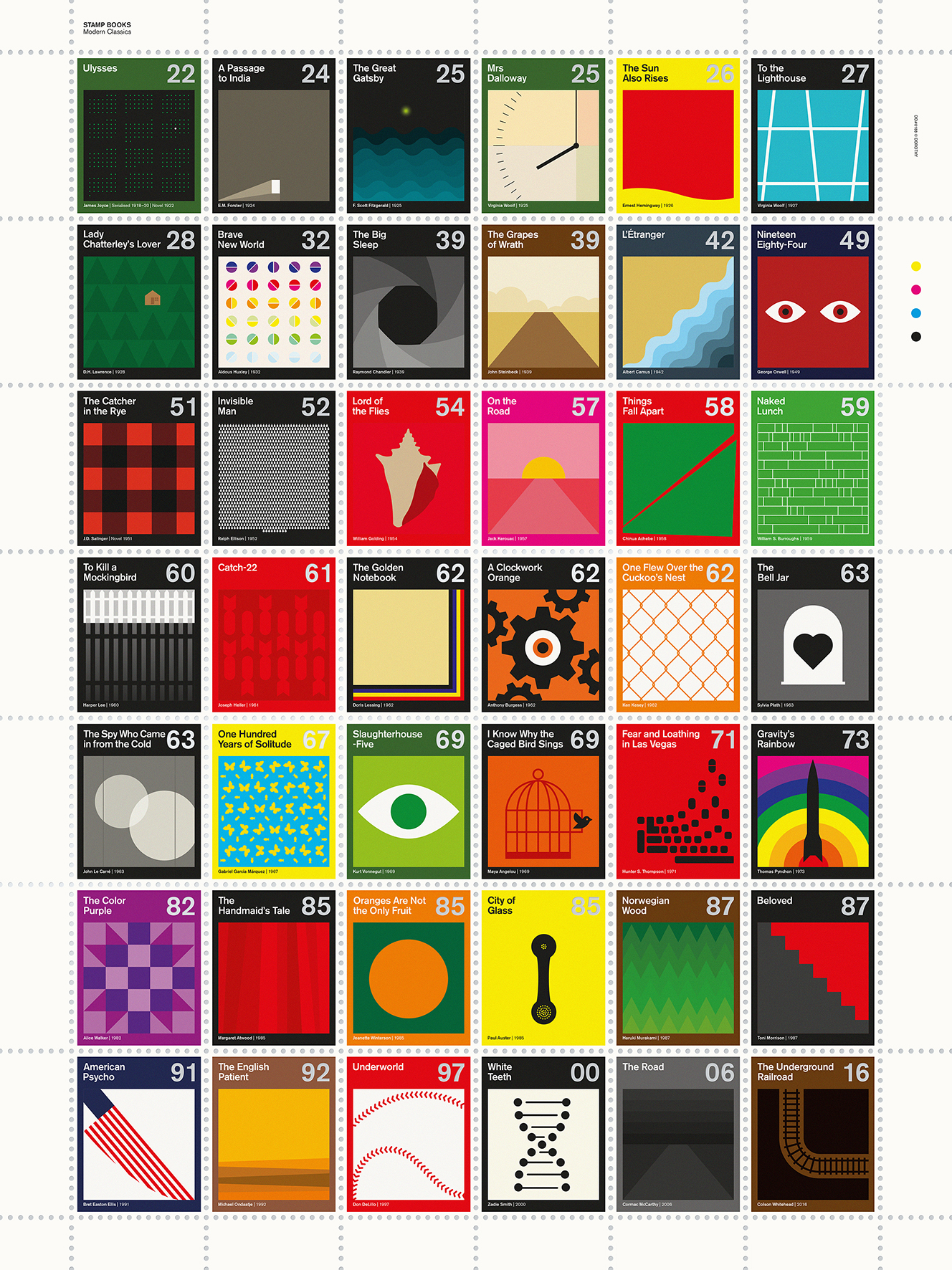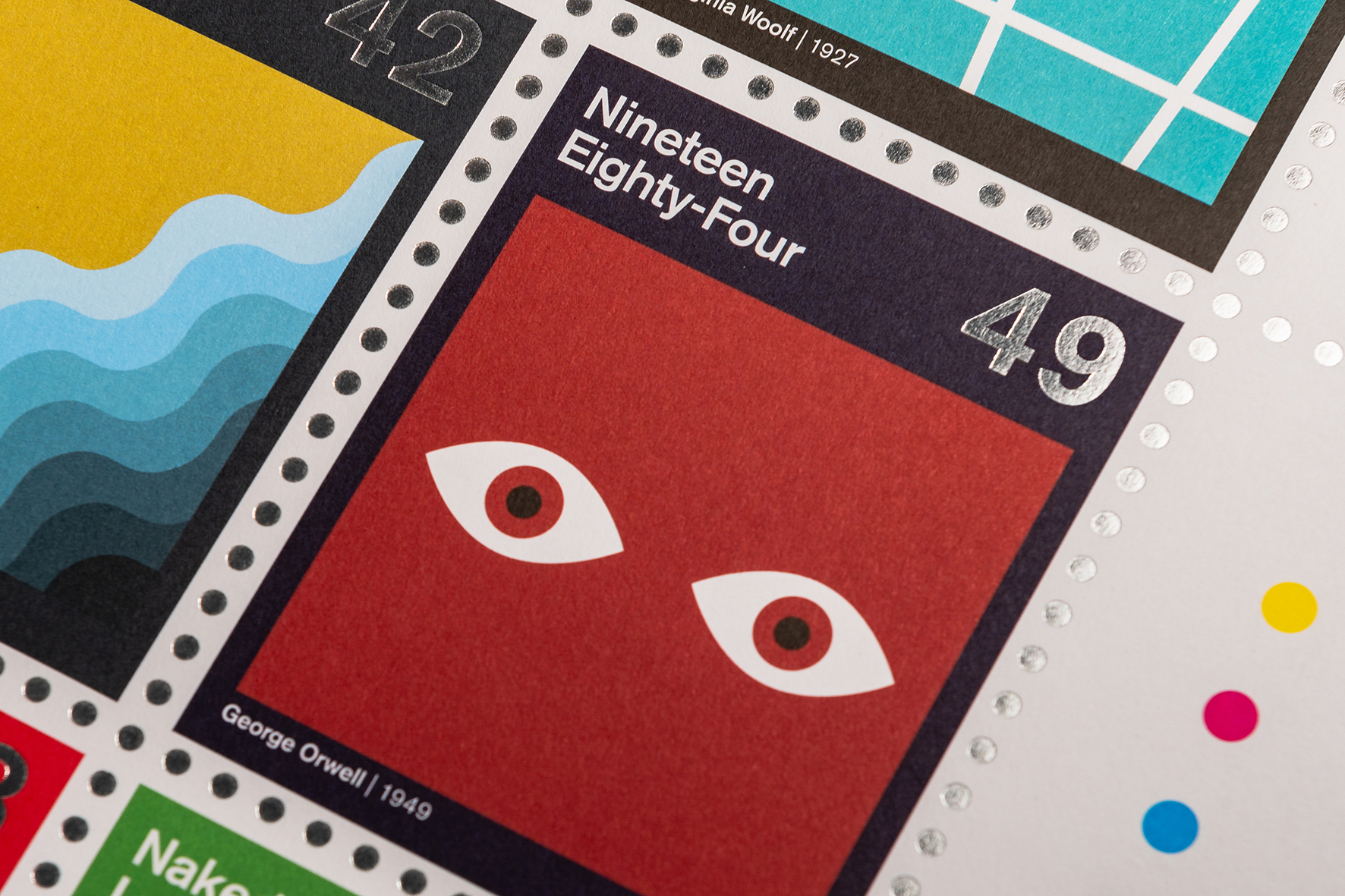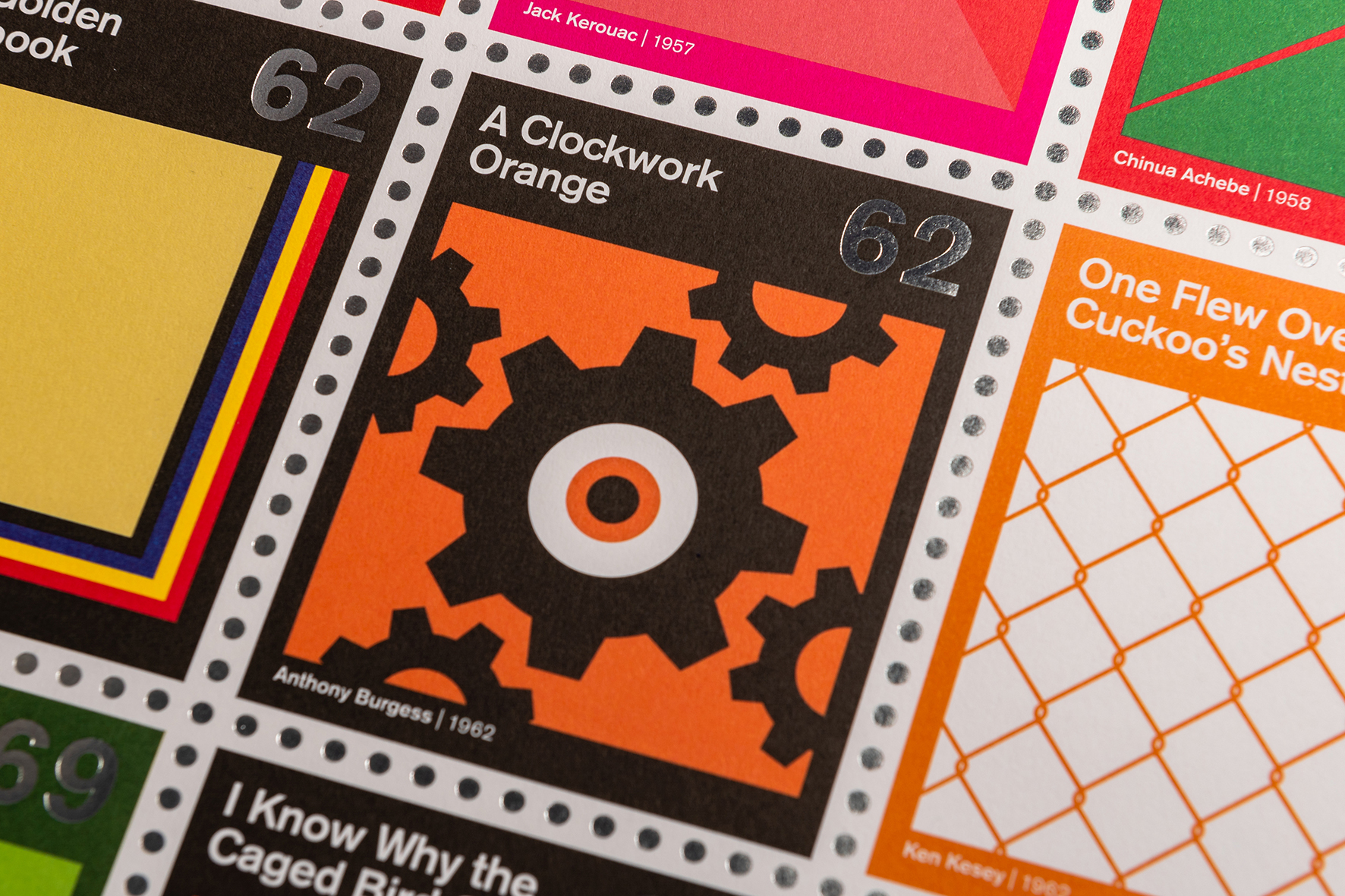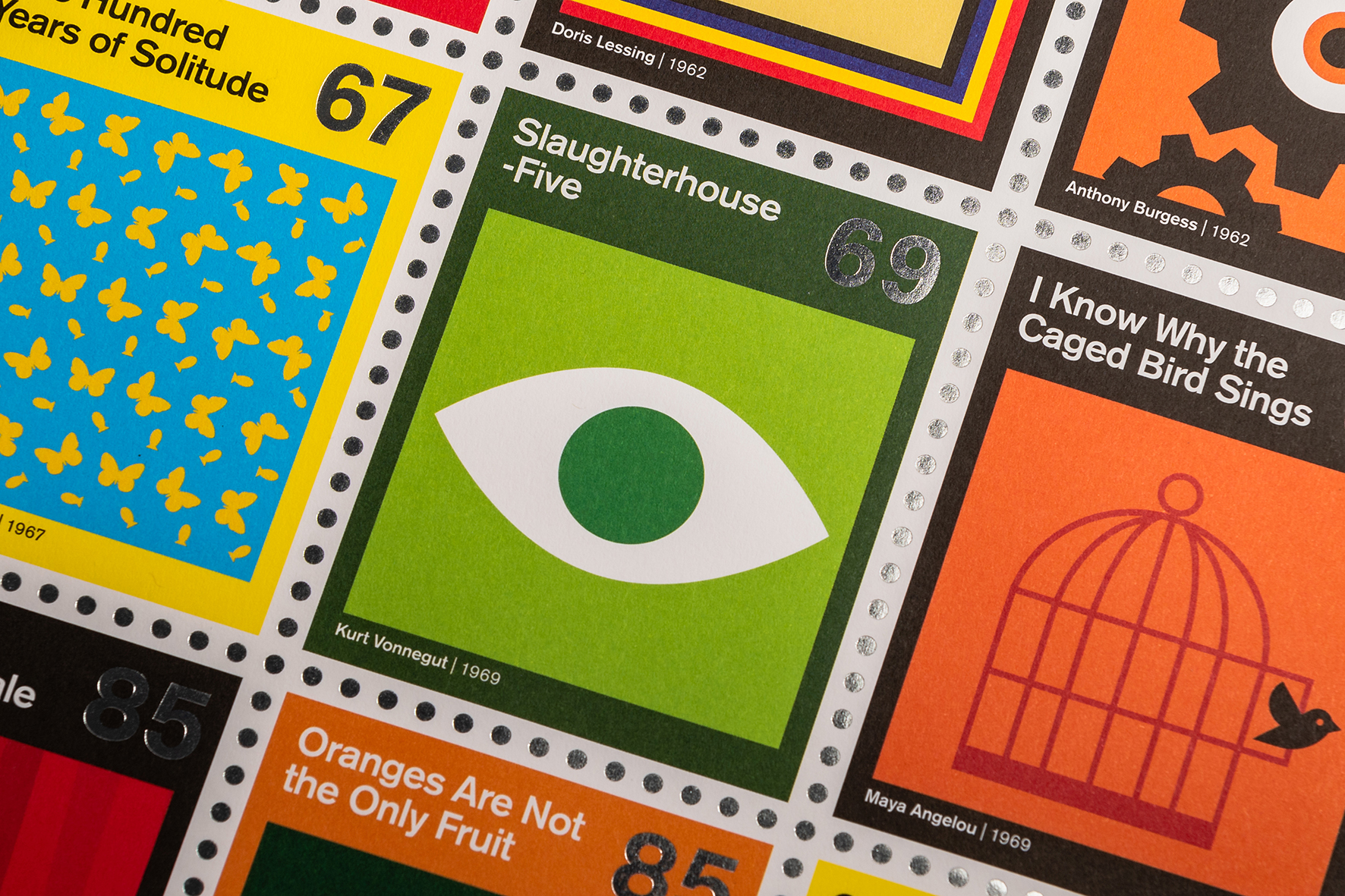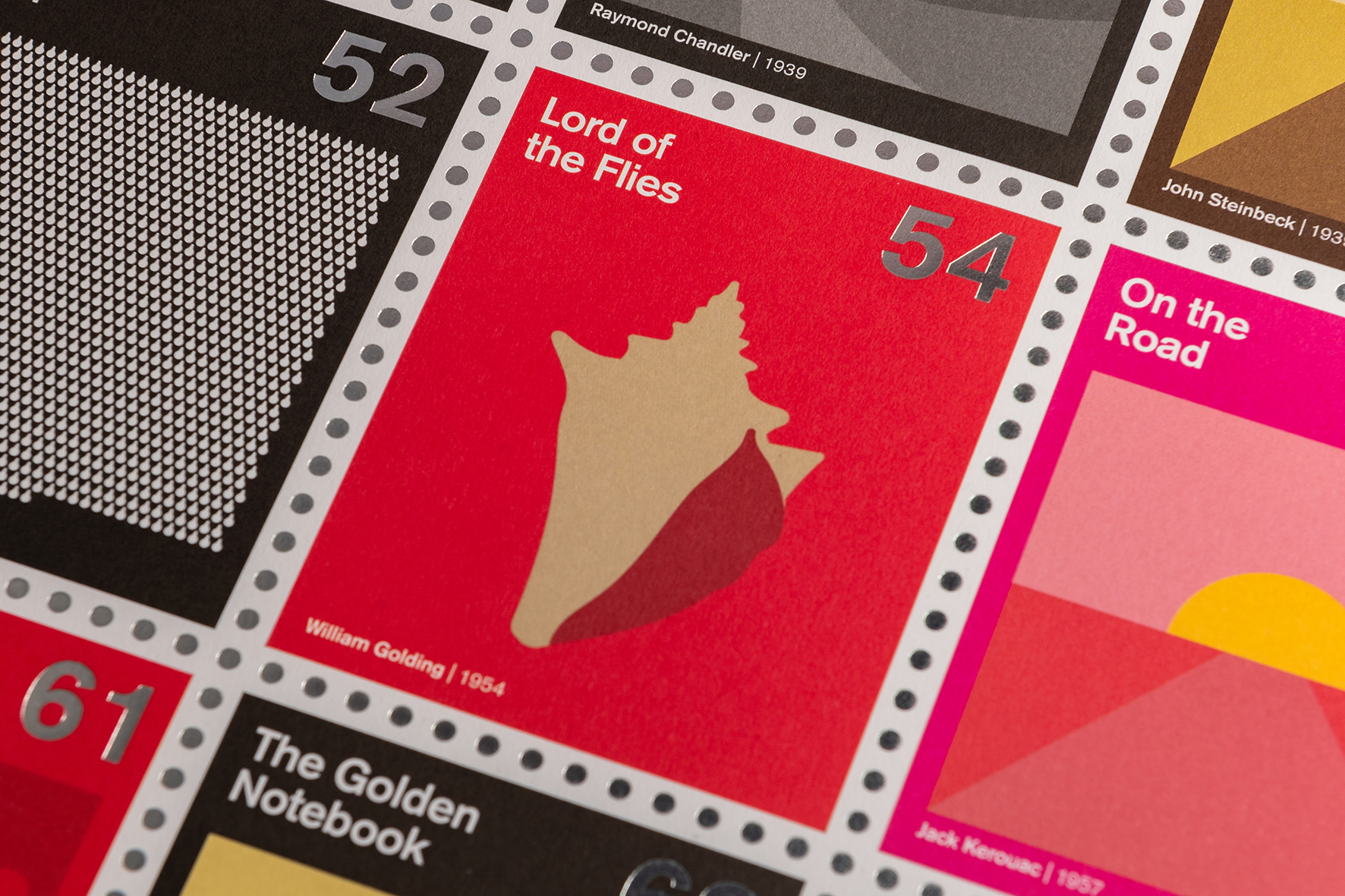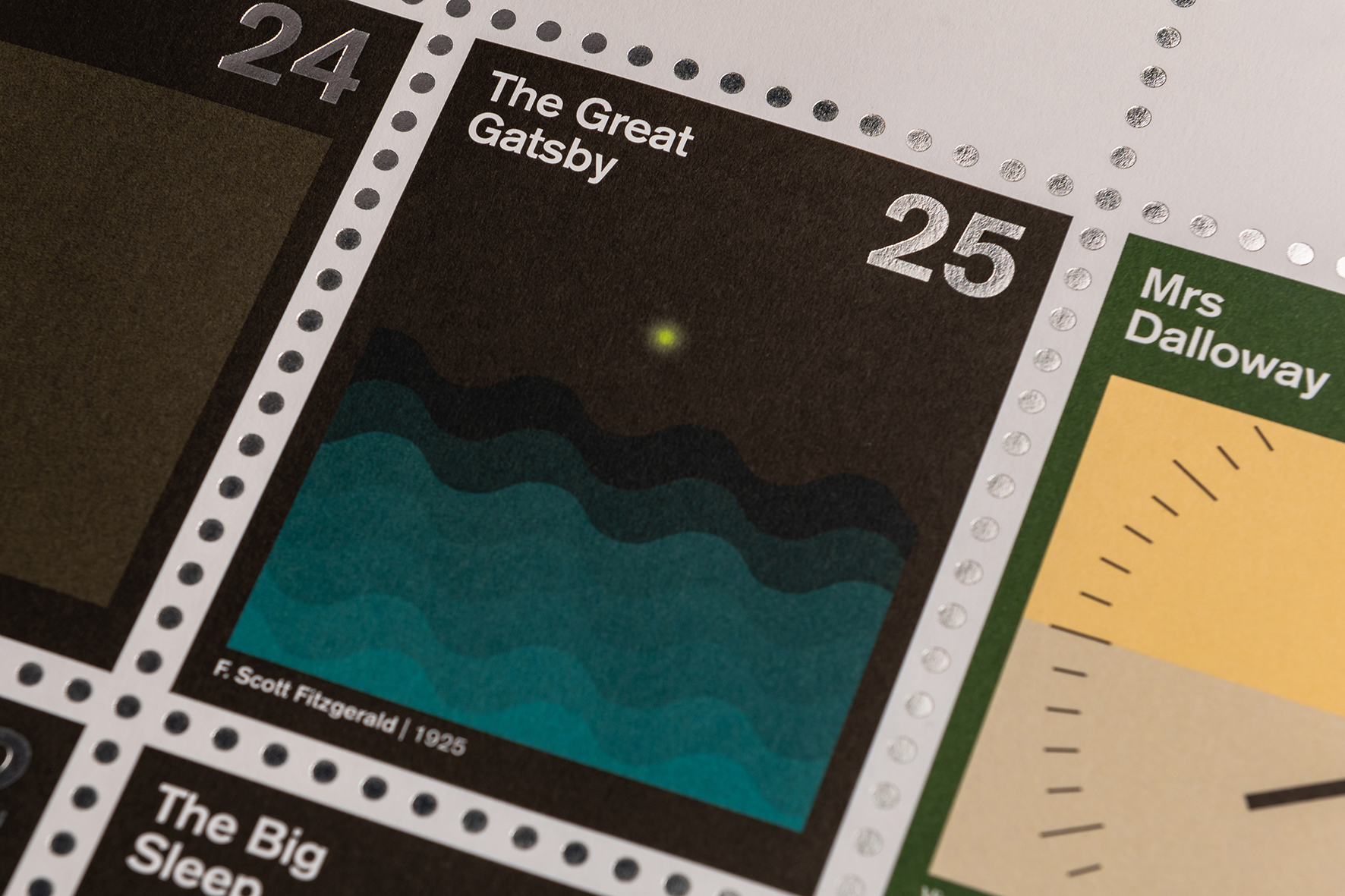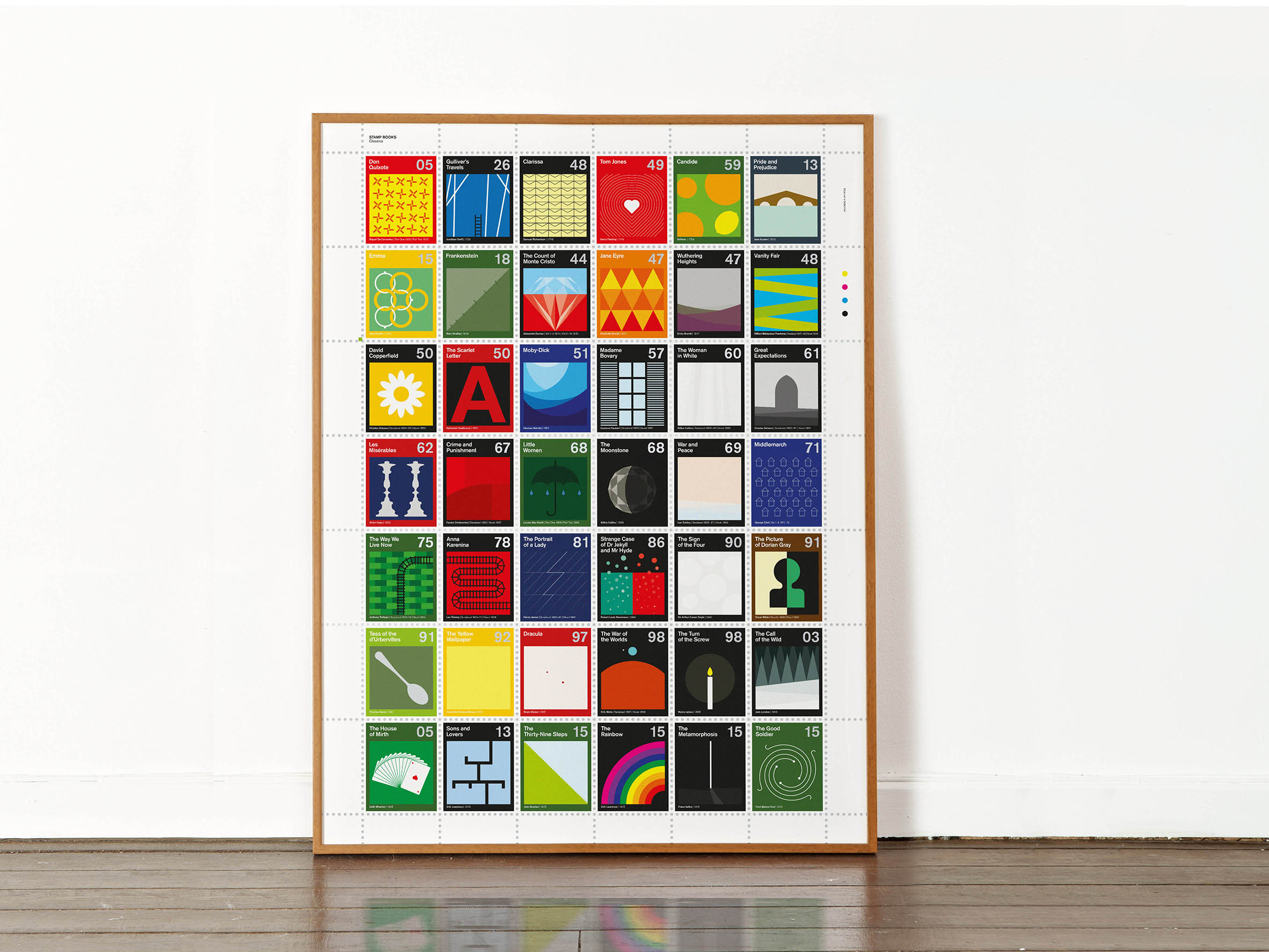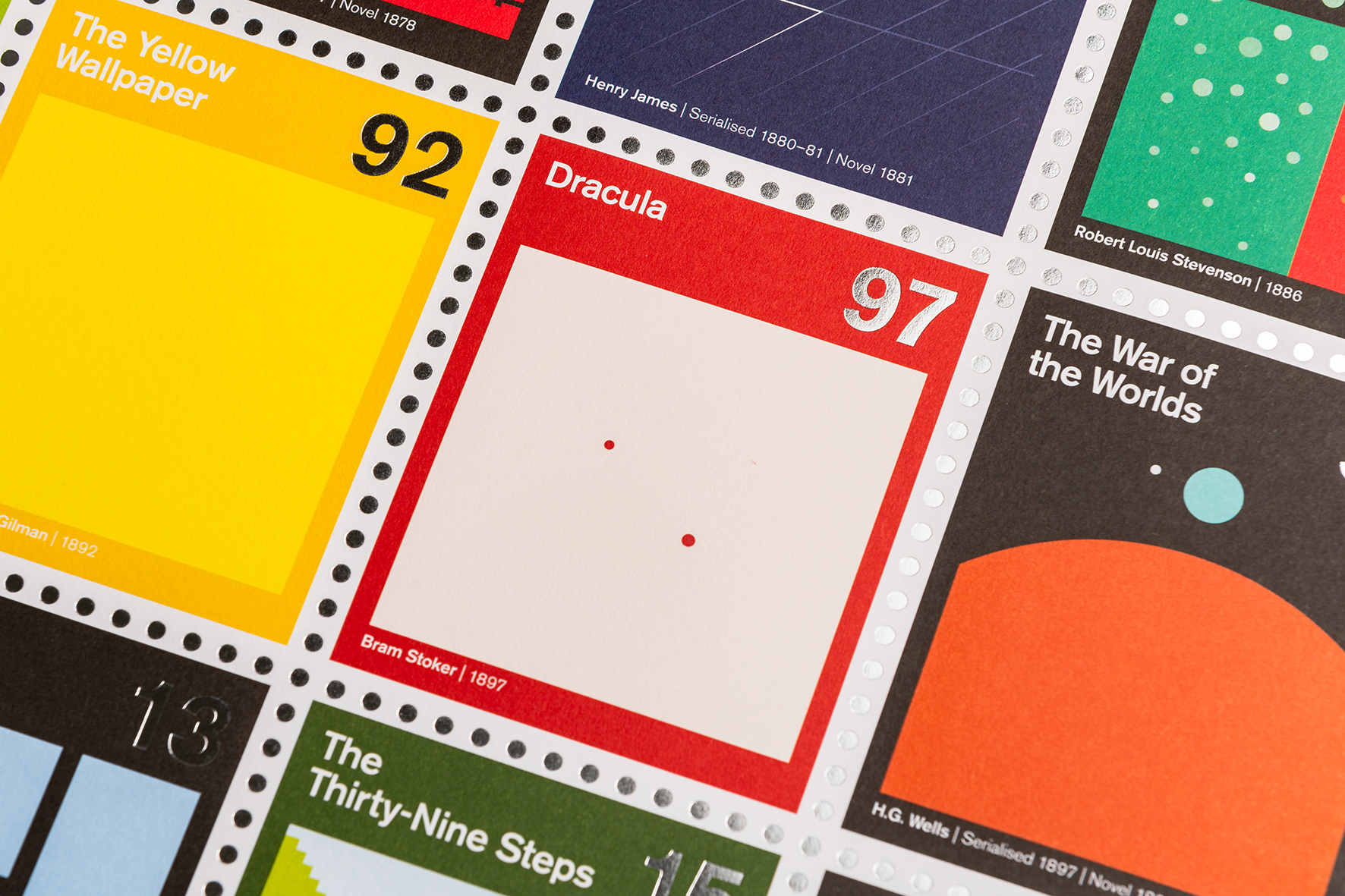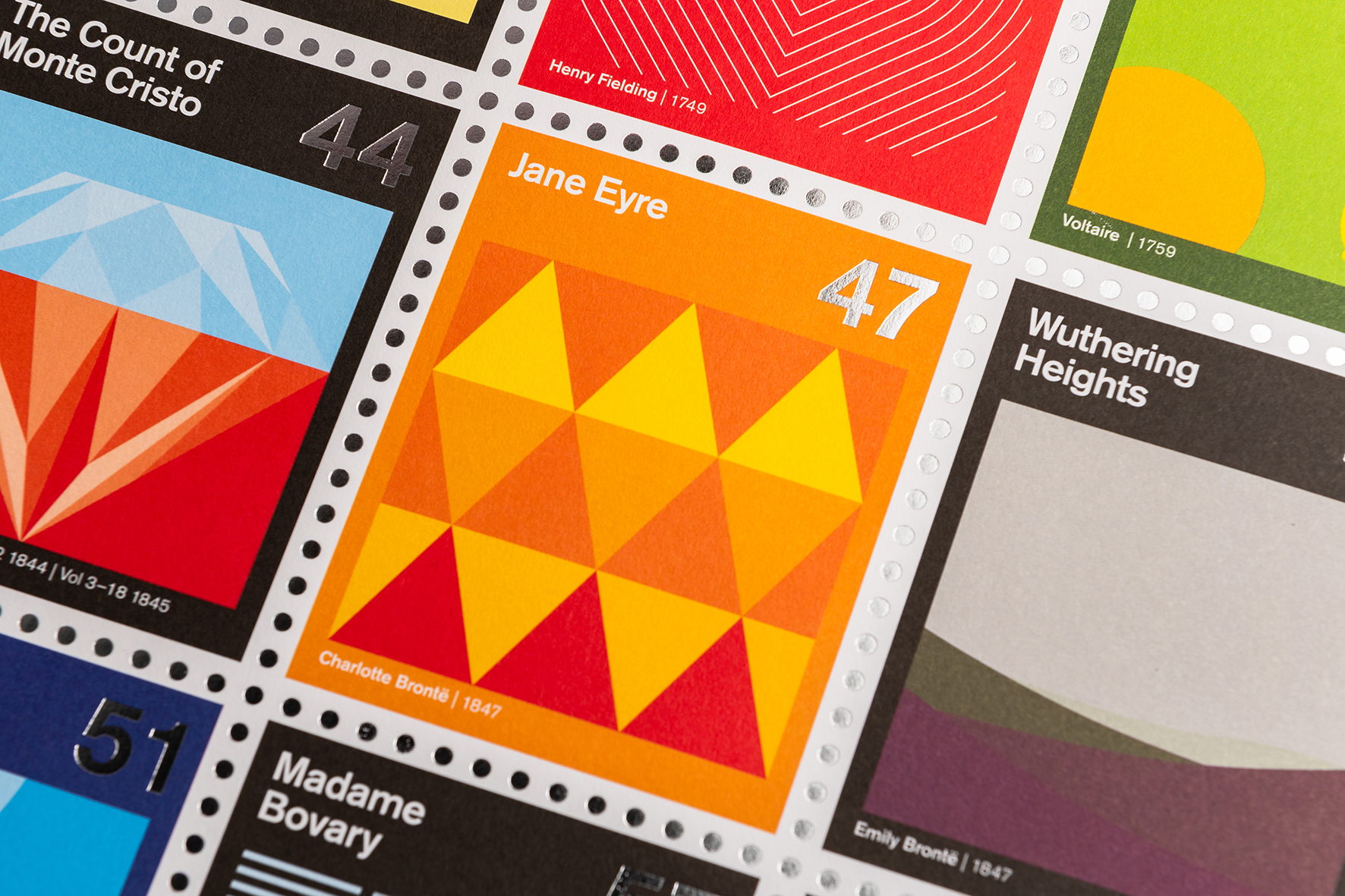Who discovered the Jackson 5?
Motown founder Berry Gordy?
Empress of Soul Gladys Knight?
Diva Diana Ross?
Everyone in attendance for Amateur Night at the Apollo on August 13, 1967?
For many unsuspecting Americans, the answer may as well have been television host Ed Sullivan, who introduced the “sensational group” of five young brothers from Gary, Indiana to viewers in December 1969, two years after their Amateur Night triumph. Thirteen years earlier, a wall of sound emanating from a live in-studio audience of teenage girls told Sullivan’s home viewers that another young sensation — Elvis Presley — must be something special.
The Jackson 5 needed no such help.
While there are many close-ups of their fresh young faces, the control room wisely chose to zoom out much of the time, in appreciation of the brothers’ precision choreography.
The brightest star was the youngest, eleven-year-old Michael, taking lead vocals in purple fedora and fringed vest on a cover of Sly and the Family Stone’s “Stand.”
Jackie, Tito, Jermaine, and Marlon provide support for a bit of hokum that positions Michael at the center of an elementary school romance, by way of introduction to a full throated cover of Smokey Robinson’s “Who’s Loving You”:
We toasted our love during milk break. I gave her my cookies! We fell out during fingerpainting.
Author Carvell Wallace reflects on this moment in his 2015 New Yorker review of Steve Knopper’s biography MJ: The Genius of Michael Jackson:
Halfway through, he forgets his lines and freezes, looking back at his older brothers for help. It’s an alarmingly vulnerable moment, one only possible in the era of live television. You feel bad for him. It suddenly doesn’t seem right that a kid should be made to perform live in front of an entire country. Yet he somehow finds his way back and stumbles through.
When the music starts, we see something else entirely. The first note he sings is as confident, sure, and purposeful as any adult could ever be. He transforms from nervous child at a talent show into timeless embodiment of longing. Not only does he sing exactly on key but he appears to sing from the very bottom of his heart. He stares into the camera, shakes his head, and blinks back tears in perfect imitation of a sixties soul man. And it feels, for a moment, as though there are two different beings here. One is a child—a smart kid, to be sure, and cute, but not more special than any other child. He is subject to the same laws of life—pain, age, confusion, fear—as we all are. The other being seems to be a spirit of sorts, one who knows only the truest expression of human feeling. And this spirit appears to have randomly inhabited the body of this particular mortal kid. In so doing, it has sentenced him to a lifetime of indescribable enchantment and consummate suffering.
Michael’s explosive performance of the Jackson 5’s first national single, “I Want You Back,” released just two months before their Sullivan Show appearance, gives us that “spirit” in full force.
It’s also not hard to imagine that the brothers’ thrillingly executed choreography is the result of a literally punishing rehearsal regimen, a factor of the King of Pop’s troubled legacy.
The Sullivan Show appearance ensured that there would be no stopping this train. Five months later, when the Jacksons returned to the Sullivan Show, “I Want You Back” had sold over a million copies, as had “ABC,” which they performed as a medley.
Boyhood is fleeting, making Jacksonmania a carpe diem type situation.
The period from 1969 to 1972 saw an onslaught of Jackson 5‑related merch and a funky Saturday morning cartoon whose pilot tarted up the Diana Ross origin story with an escaped pet snake.
It was good while it lasted.
Related Content:
Elvis’ Three Appearances on The Ed Sullivan Show: Watch History in the Making and from the Waist Up (1956)
The Origins of Michael Jackson’s Moonwalk: Vintage Footage of Cab Calloway, Sammy Davis Jr., Fred Astaire & More
The Chorus Project Features Teenagers Performing Hits by the Kinks, David Byrne, the Jackson 5 & More
Ayun Halliday is the Chief Primaologist of the East Village Inky zine and author, most recently, of Creative, Not Famous: The Small Potato Manifesto. Follow her @AyunHalliday.
